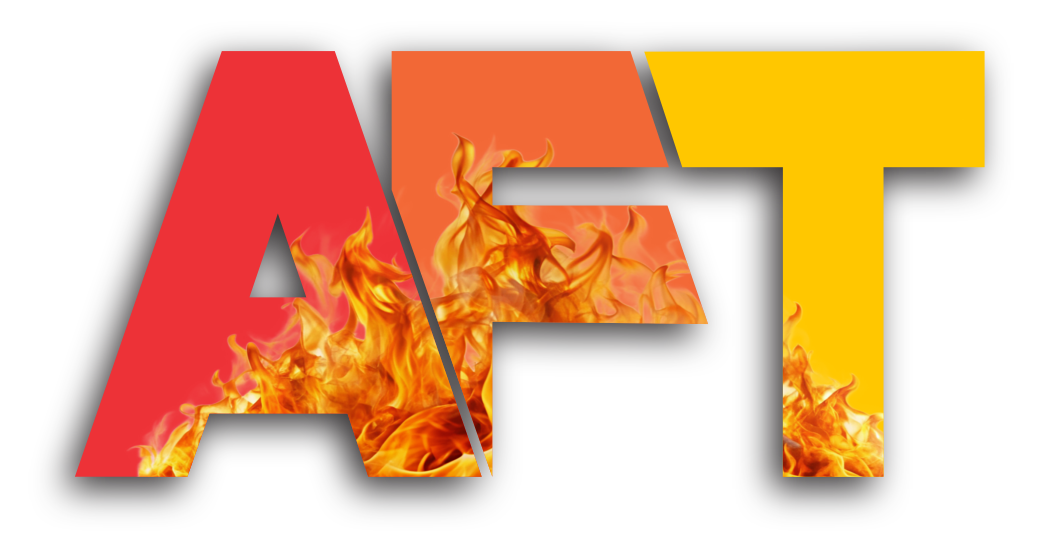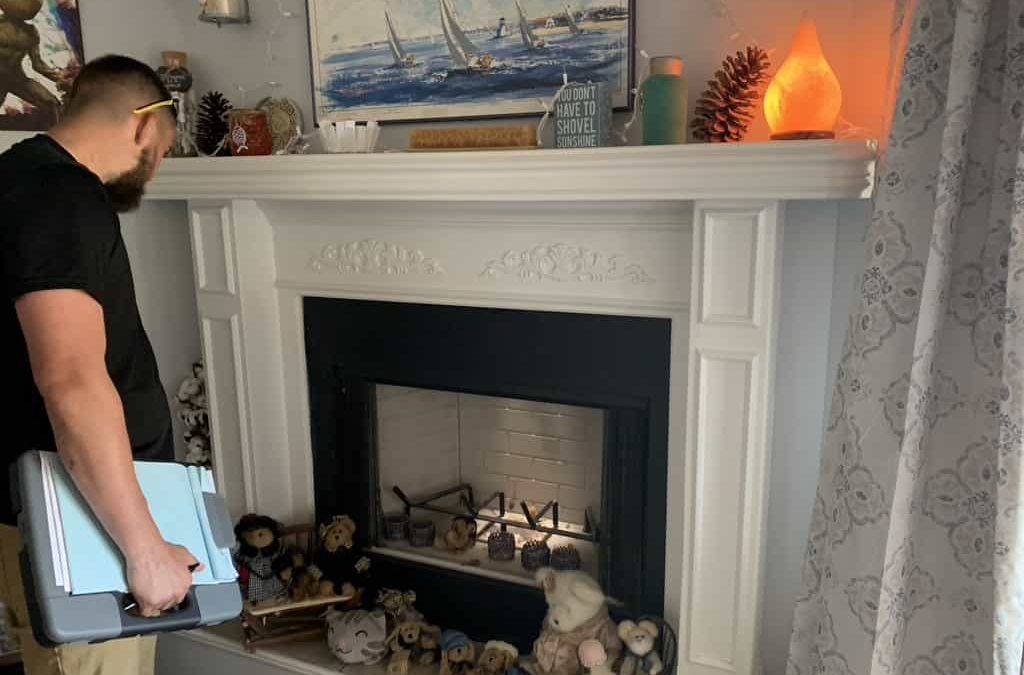Causes of Creosote Buildup and The Importance of Creosote Removal
Creosote is a tar-like, black, sooty, and flammable substance. It appears in three stages. The first stage is the easiest to clean and the third stage is incredibly dangerous and hard to remove. To say creosote is a minor problem would be an understatement. Creosote is neither rare nor harmless. Every wood-burning fire that you burn in your fireplace and chimney system produces smoke that rises up the chimney. The smoke is filled with hot gases, particles, soot, and creosote that will cover the chimney interior. Though soot can be corrosive to the chimney liner and masonry, creosote presents a whole different set of problems.
Creosote Buildup
Soot is made up of carbon, but creosote is made up mostly of tar–a sticky substance that is also flammable. Because of the sticky nature of creosote, it collects easily in a chimney, covering parts, thus clogging the cleanout area, and creating a fire hazard. As creosote builds up, it can become a serious obstruction–and when it reaches stage 3 buildup it is also difficult to remove.
Stage 1 Creosote
When creosote is in the first stage, it looks like flaky soot. This happens when the flue was filled with cold air and then warmed by the fire’s heat. A chimney sweep will have no problem cleaning creosote at this level with a basic chimney brush.
Stage 2 Creosote
In the second stage, creosote develops when the chimney has a restricted amount of airflow. This creosote appears as hard, shiny black flakes. The flakes contain hardened tar that is not so easy to remove. At this stage, a chimney sweep will most likely have to use a rotary loop to remove the creosote. This is a powerful drill that turns metal rods and performs well against tarry residue.
Stage 3 Creosote
Stage 3 creosote, also called glazed creosote becomes a problem only when the chimney isn’t cleaned regularly. When the creosote isn’t removed on a regular basis, it builds up. When it becomes heated, the creosote boils, causing all the moisture in it to evaporate, and leaving a hardened mass of condensed fuel in the flue. Once it reaches this stage, the creosote can’t be brushed away during a standard chimney sweep. A homeowner who uses their fireplace frequently will want to avoid ever reaching this stage. Third stage creosote is not only incredibly difficult to remove, but it is also a dangerous, concentrated fuel. It can easily be ignited by a fire in the fireplace, if not removed.
Chimney Damage
Creosote will not damage the chimney when it is cleaned regularly and properly. Once creosote reaches stage 3 buildup it can be difficult to remove without damaging the chimney liner. You cannot remove it with brushes and a homeowner or handyman attempting to do so with tools will cause damage. Additionally, if it isn’t removed, the glazed creosote can cause a creosote fire that damages the masonry, the liner, and even the structure of the chimney. If you suspect a flue fire, you should call a chimney professional for an assessment right away.
Prevent Creosote Buildup
You cannot stop creosote altogether, but you can prevent dangerous buildups.
Schedule Regular Chimney Sweeps – Your chimney sweep appointments will keep your chimney working properly. The professionals at SootMaster will assess it with each appointment.
Burn Properly Seasoned Wood – Burning wet or “green” wood that is freshly cut will drop the efficiency of your fireplace. Greenwood is harder to light and burns with less heat, often burning incompletely. This leads to more creosote. We recommend using only properly seasoned firewood in your fireplace to keep your chimney system working properly.
When you do have a creosote buildup in your chimney, it’s important to call professionals for proper and safe removal. The experts at Advanced Fireplace Technician will use an industrial product to remove the creosote without damaging the liner and then we clean the entire flue.
Give us a call before you try to remove the creosote yourself. It’s harmful to breathe, may irritate your skin, and can destroy your flue if it results in a fire.

